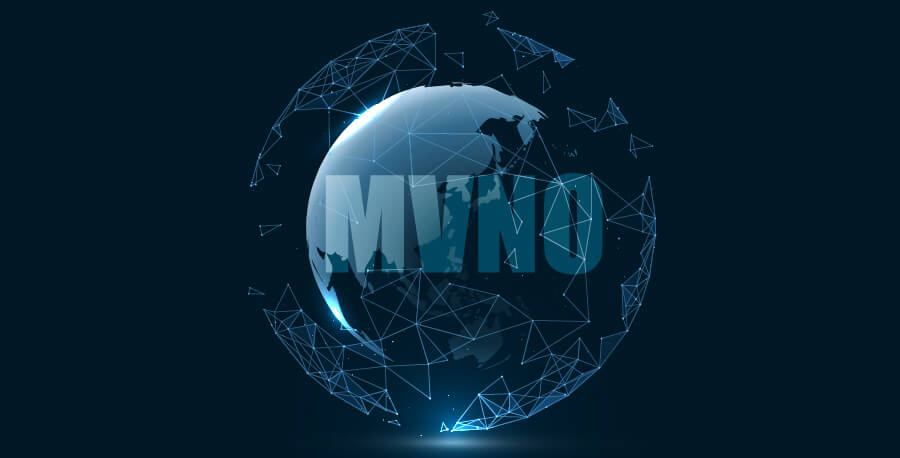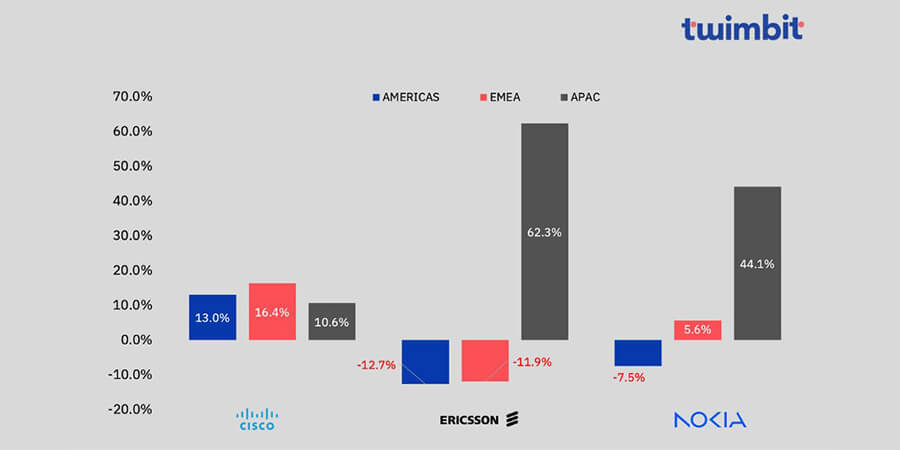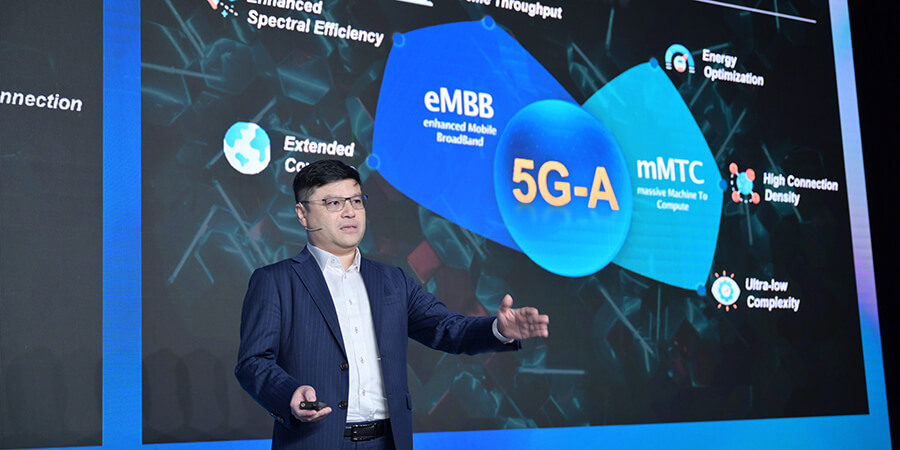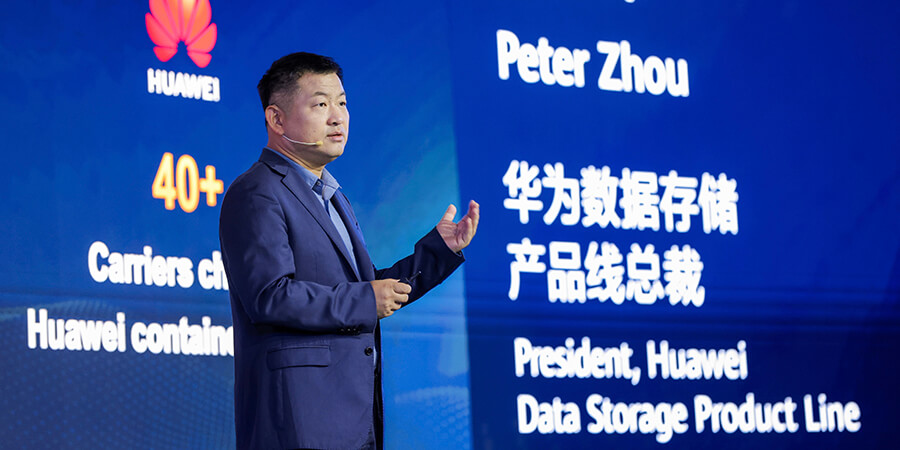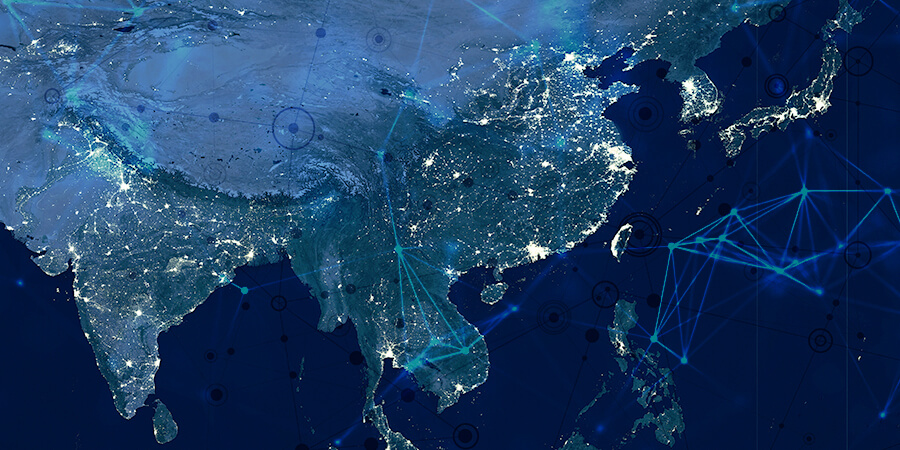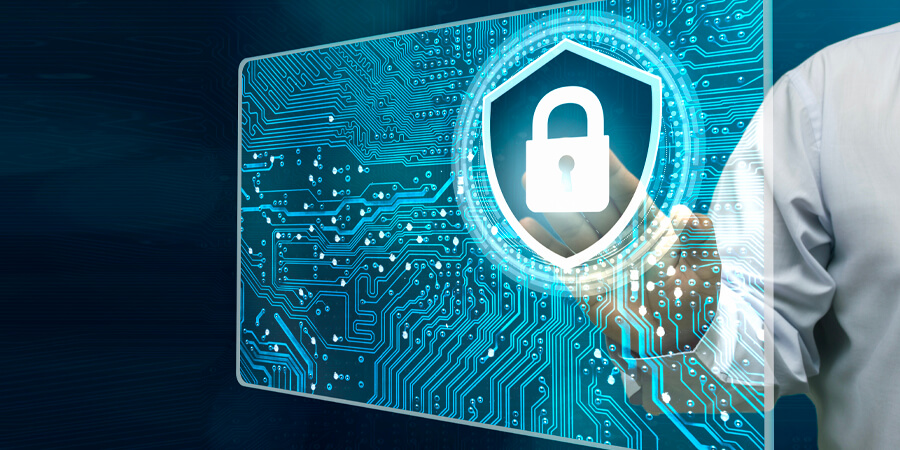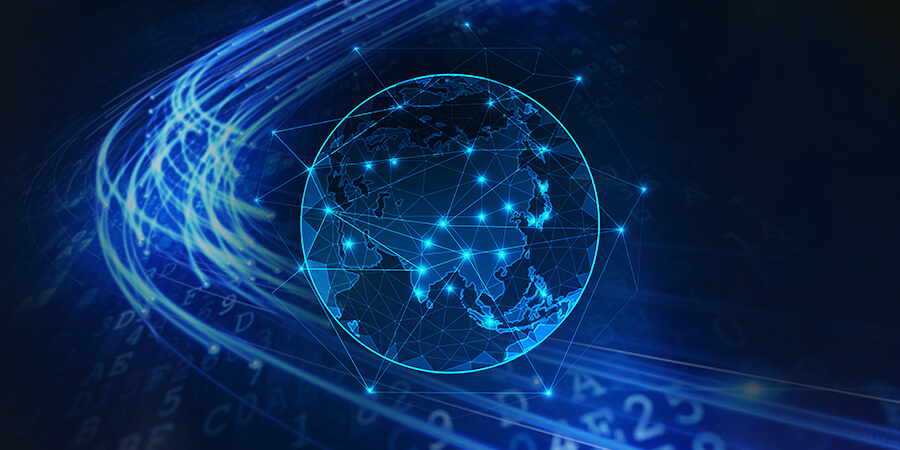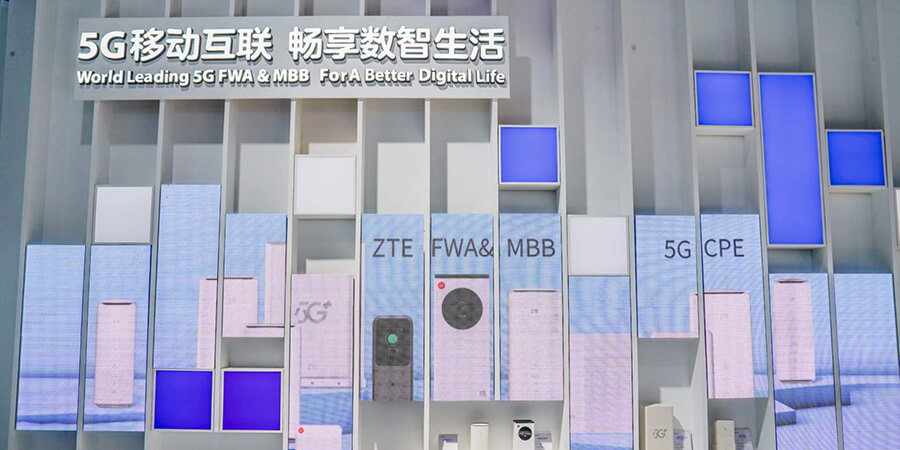The telecom industry in the Asia-Pacific region has undergone significant changes in recent years, mainly due to the rise of Mobile Virtual Network Operators (MVNOs). These MVNOs have transformed the telecommunications market by offering alternative mobile services, creating a competitive and dynamic environment.
Featured Articles
How Did Telecom Vendors Perform Across Regions in Q1 2023?
ExpiredIn an exclusive three-part series, Telecom Review presents key insights into the benchmarks of the leading telecom vendors' carrier and enterprise business operations.
HKT Sets Sights on 5G-Advanced to Unleash New Potential
ExpiredWith the introduction of 5G technology, the telecom industry has been racing toward a digital shift. The demand for better connectivity drives the evolution of more advanced networks. Enter 5G-Advanced, considered to be the second phase of 5G evolution, which is ready to transform connections and unleash a new wave of possibilities.
Huawei: Building Trustworthy Data Infrastructure for Carriers
ExpiredCarriers have been at the forefront of the digital transformation over the past few years. The introduction of cloud services, B-to-B (business-to-business) technologies, and video streaming has created new growth potential for carriers. However, these new services place greater demands on IT infrastructure. Efficient data training, cost-effective data storage, and robust data resilience have all emerged as key challenges for carriers, particularly as the threat of ransomware grows.
APAC Telcos Embrace Digital Era, Redefine Success With Non-Connectivity Revenues
ExpiredTelecom Review will provide valuable insights on how the leading Asia Pacific telecommunications companies can excel in generating non-connectivity revenues by 2023.
The Rise of Mobile Payments: Protecting Against Security Threats and Challenges
ExpiredMobile payments are becoming increasingly popular across the globe, with the Asia-Pacific region garnering a much higher mobile payments market share compared to other parts of the world, according to WorldPay data from FIS.
A Time for Growth: The Expansion of Fiber Optic Use in Asia
ExpiredThe Asia Pacific (APAC) continues to show significant global growth in fiber network deployments. Fiber optics, the technology used for transmitting images, voice and data through thin and transparent fiber strands made of glass or plastic (aka optic fiber), is at the forefront of this growth.
ZTE Exhibits Energy-Saving Green Networks for a Sustainable Future
ExpiredZTE exhibited its cutting-edge technological innovations, green and low-carbon visions, as well as its achievements in green networking, to visitors at MWC Shanghai 2023. The event was held at the Shanghai New International Expo Center, where ZTE presented its captivating green ecological island, fully in line with the theme "Green for All."
Huawei Unveils Groundbreaking Advances in 5G Intelligent Core Networks
ExpiredDuring the Huawei Product & Solution Innovation Launch at MWC Shanghai 2023, Huawei unveiled its groundbreaking advancements in 5G intelligent core networks. President of Huawei Cloud Core Network Product Line, Mr. George Gao, took center stage to discuss upgrades to Huawei’s IntelligentCore that help carriers achieve greater service innovation, monetization and success in a rapidly evolving 5G landscape.
ZTE Unveils New Mobile Devices at MWC Shanghai 2023
ExpiredZTE is introducing an abundance of new products at the Mobile World Congress (MWC) Shanghai 2023, offering unprecedented technology and advanced user experiences.


